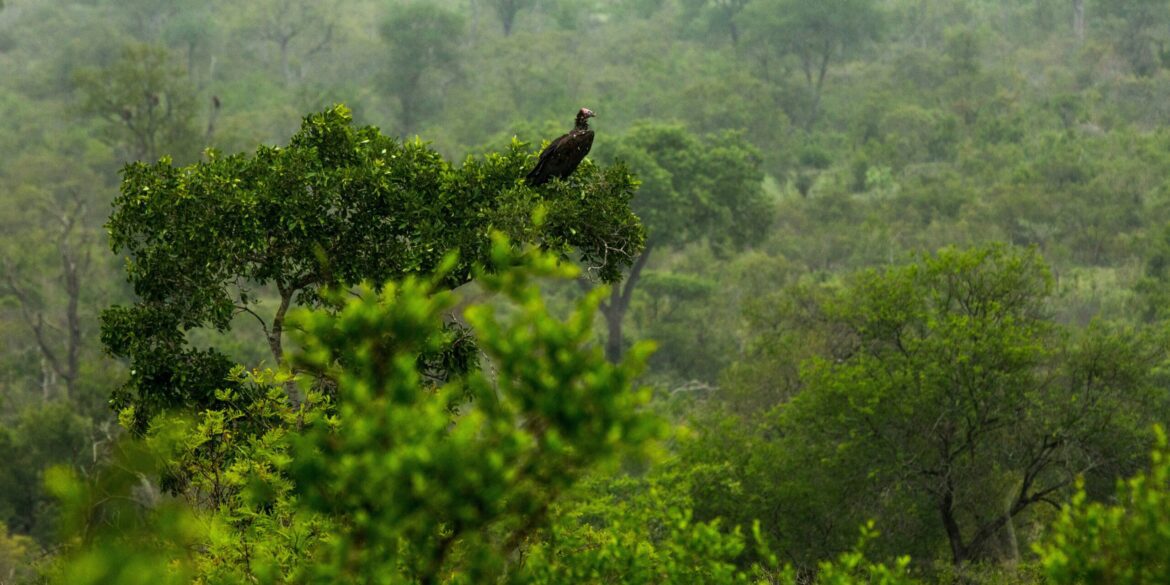Biodiversity, the variety of life on Earth, is crucial for maintaining the health and stability of ecosystems. It supports a wide range of essential ecological functions, such as pollination, water purification, soil fertility, and climate regulation. A loss of biodiversity can have far-reaching consequences, threatening both natural systems and human well-being. Therefore, safeguarding biodiversity is critical, and conservation efforts play a key role in preserving the delicate balance of life on our planet.
One of the primary ways to protect biodiversity is through the preservation of natural habitats. Forests, wetlands, grasslands, and oceans are home to countless species, many of which are still not fully understood. However, human activities such as deforestation, urbanization, and industrial agriculture continue to encroach upon these habitats, threatening species with extinction. By establishing protected areas such as national parks and nature reserves, we can provide safe havens for wildlife, allowing them to thrive without the immediate threat of habitat destruction.
Read Also: https://democratdigest.com/u-s-observes-world-refugee-day-with-nationwide-solidarity-efforts/
In addition to habitat protection, sustainable agricultural practices are essential for conserving biodiversity. Agriculture is a major driver of biodiversity loss, especially when it involves the conversion of forests and wetlands into monoculture farms. Sustainable farming practices, such as crop rotation, agroforestry, and organic farming, can help mitigate this impact. By integrating biodiversity-friendly approaches into agricultural systems, we can preserve the variety of plant and animal species while still meeting human food and economic needs. Encouraging local and organic food production also reduces the ecological footprint of agriculture, contributing to healthier ecosystems.
Combating pollution is another vital aspect of biodiversity conservation. Pollution, whether in the form of plastic waste, chemical runoff, or air pollutants, has devastating effects on wildlife and natural habitats. For example, chemical pollutants can poison water sources, making it difficult for aquatic life to survive, while plastic waste can entangle marine creatures, causing injury or death. Reducing pollution requires collective efforts, including stricter environmental regulations, better waste management practices, and public education on reducing plastic consumption and chemical use. By addressing the sources of pollution, we can help ensure cleaner environments where biodiversity can flourish.
Beyond these specific efforts, global cooperation is necessary to protect biodiversity on a larger scale. Climate change, habitat fragmentation, and invasive species are global issues that require coordinated action. International agreements like the Convention on Biological Diversity (CBD) provide a framework for countries to work together to protect biodiversity. Such efforts include establishing global biodiversity targets, sharing knowledge and resources, and ensuring that conservation efforts are supported by adequate funding and policies.
Protecting biodiversity is not just about preserving the beauty of nature; it is about securing the future of our planet. Biodiversity supports ecosystem services that humans rely on for food, clean water, and medicines. It also provides cultural, spiritual, and recreational value, enriching our lives in countless ways. By taking action now, from protecting habitats and adopting sustainable practices to reducing pollution, we can ensure that future generations inherit a planet teeming with life.

